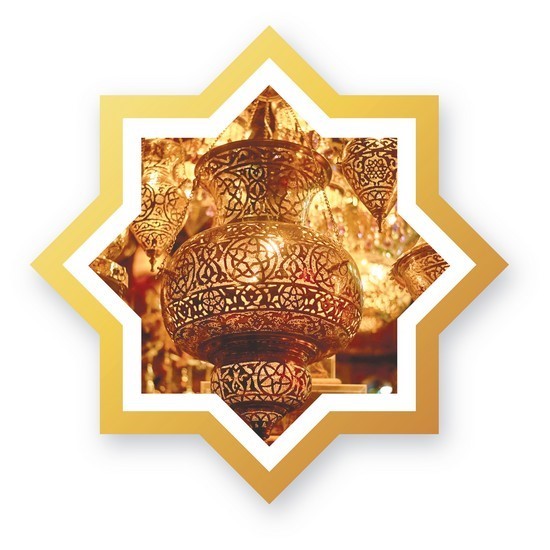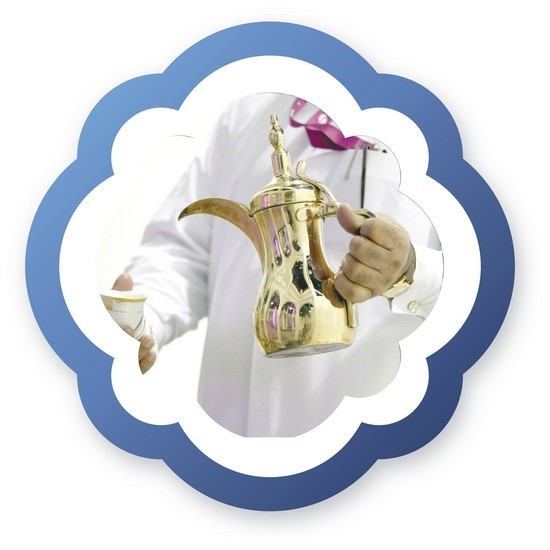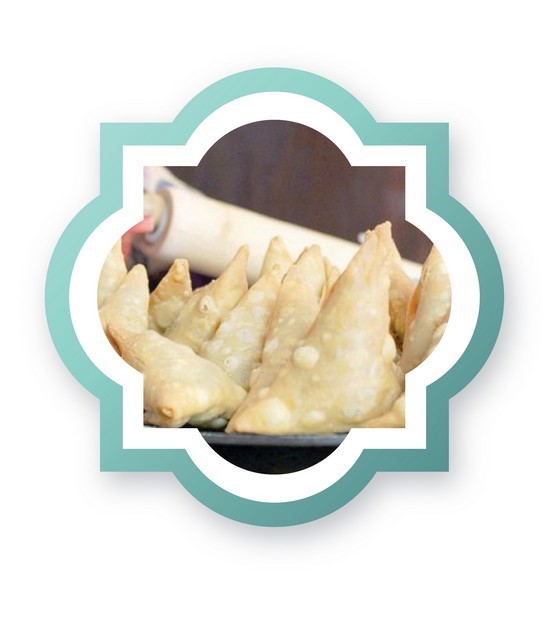After two years of health and safety measures changing how people globally
were able to celebrate the Muslim
holy month of Ramadan, the rollback of
COVID-19 preventative measures this year is bringing celebrations closer to
what they were prior to March 2020.
اضافة اعلان
Worldwide, around
1.6 billion Muslims will be observing Ramadan. And while daytime fasting is
shared amongst those observing, celebrations and traditions differ around the
world.
Illuminating neighborhoods
Large lanterns hang along meters of rope strung across streets in
Egypt,
welcoming Ramadan by colorfully illuminating various neighborhoods. Jordan,
Saudi, Kuwait, and many other countries share the decorations of bright
crescent moons and colorful lights.
For many Muslims,
Ramadan and social gatherings are deeply related.

After iftar and
taraweeh prayers end,
Egyptian men usually meet in street cafes under the
street lights to play chess and Backgammon, while the women gather to enjoy
sweets, catch up, and watch TV series together.
Gatherings continue
till suhoor, with dried fava beans — or foul — being the most famous dish in
Egypt.
Mheibes
In Iraqi villages, the game Mheibes, or hide the ring — one of the oldest
popular games in Iraq dating back to the Abbasid era between the eighth and
13th century — is enjoyed after ftour (breakfast) and prayers.
The game includes
two teams. Each team attempts to hide a ring from the opposition, then the
opposing team nominates a player who only has one chance to guess who is
holding the ring.
Worldwide, around 1.6 billion Muslims will be observing Ramadan. And while daytime fasting is shared amongst those observing, celebrations and traditions differ around the world.
Studying facial
expressions, ruling out players that the guesser is sure does not have the
ring, and other techniques make for an interesting game all around.
When a player rules
out a hand holding the ring, the ring is exposed followed by shouting the word
“batt,” meaning “stay the night” in an Arabic Iraqi dialect, and the ring is
once again hidden.
A Mheibes
tournament is held between villages daily during Ramadan.
Food holds added
importance in Ramadan, as elaborate meals and traditional foods are prepared
for family and friends as they break their fast.
Iraqis, on the
first day of Ramadan, usually cook their famous meal,
Dolma. Breaking their
fast with traditional stuffed vegetables cooked in tomato sauce alongside
condiments and cooked meat is common for many Iraqis, both in Iraq and abroad.
Saudi coffee all night
For
Saudis, water, dates, and yogurt are how they break their fast. This
is so they do not irritate the stomach and can gradually start eating cooked
meals, usually consisting of some variety of rice and chicken or meat.
Drinks, much like
food, are also of added significance in Ramadan, and for Saudis, coffee is a
staple of Ramadan.

The coffee is
served to family members, friends, and visitors throughout the night. Saudi
coffee is known to be lighter than
Arabic coffee and more golden in color
because of how it’s roasted. It is usually served with dates and nuts.
As a rule, the host
has to serve the coffee with their right hand and fill it with more than half.
If the guest swirls the cup, it indicates that they would like more, and if
they are done, they refrain from swirling.
common pastry
To many, the Ramadan table is incomplete without the famous fried pastry
appetizer. Whether you call it Börek like in
Turkey and
Tunisia or Samosa like
in Pakistan, this crispy pastry filled with meat or cheese and deep fried in
hot oil is not something you can replace or go without.
 Gargee’aan
Gargee’aan
From Jordan to
Kuwait, Gargee’an, a traditional celebration that aims to educate children on
Ramadan’s importance, is held for three days in the middle of the month.
Kids dressed in
traditional Kuwaiti and Jordanian attire wander the streets and sing
educational and traditional songs to kids, neighbors, and family while
distributing and collecting candy and nuts.
Msaharati
A token of Ramadan traditions is the Msaharati or the drummer.
Responsible for
waking Muslims just before dawn to drink water and eat suhoor before they begin
their fast, the Msaharati strolls around the streets he’s appointed to, beats
his drum, and sings hymns and religious songs.
The best part about
this tradition is when neighborhood children accompany the Msaharati on his
mission and fill the streets with joy and laughter.
Ramadan cannon
Like the Msaharati, the cannon is another Ramadan staple and tradition.
Despite technological advancements, Ramadan cannons are still used to this day
in most Arab countries.
The cannon launch
indicates to observant
Muslims that it is time to break the daily fast. Many
stories trace this tradition back to Egypt, where Sayf ad-Din Khushqadam — a
Mamluk sultan of Egypt — and his entourage experimented with the cannon near
iftar time. People heard the boom and a new tradition was born.
According to
stories, the sultan ordered the cannon to launch every day for iftar during
Ramadan.
Other stories trace
the beginning of this tradition to Muhammad Ali Pasha, the Ottoman sultan of
Egypt from 1805-1848, when he wanted to check a new cannon that arrived from
Italy. Others trace it to Ismail Pasha, Khedive of Egypt from 1863-1879,
accidentally launching a cannon near dusk time.

While the accurate
history of the cannon is unclear, the tradition spread to many Muslim countries
including Jordan,
Lebanon, and Turkey, and is still carried on today.
All of these sounds
and traditions are attached to Ramadan, and wherever they are heard or seen,
the tradition comes back to life.
This is Ramadan’s
charm, with some customs unique to certain areas, others widespread across the
Muslim world, and the recognition and celebration of the holy month uniting
Muslims around the world.
Read more Lifestyle
Jordan News







